The function and principle of circulators
The function of a circulator is to transmit the incident wave entering any of its ports in the direction determined by the static bias magnetic field to the next port. A circulator is a non reversible device with several terminals. For example, if a signal is input from port 1, it can only be output from port 2. Similarly, if a signal is input from port 2, it can only be output from port 3, and so on, it is called a circulator. The prominent feature of a circulator, also known as an isolator, is the unidirectional transmission of high-frequency signal energy. It controls the transmission of electromagnetic waves along a certain circular direction. The characteristic of unidirectional transmission of high-frequency signal energy is often used between the output end of a high-frequency power amplifier and the load, playing an independent and isolated role. The load impedance does not affect the working state of the power amplifier even in the event of changes or open circuits or short circuits, thus protecting the power amplifier.
The principle of unidirectional transmission in a circulator is to utilize the characteristics of ferrite ferromagnetic materials. This material produces rotational magnetic properties (also known as tensor permeability properties) under the combined action of an external high-frequency wave field and a constant DC magnetic field. It is precisely this rotational magnetic property that causes polarized rotation of electromagnetic waves propagating in ferrite (Faraday effect), as well as strong absorption of electromagnetic wave energy (ferromagnetic resonance), that utilizes this rotational magnetic phenomenon to produce junction type isolators and circulators. It is widely used due to its small size, wide frequency band, and low insertion loss.

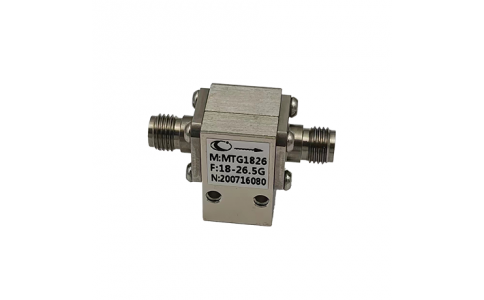
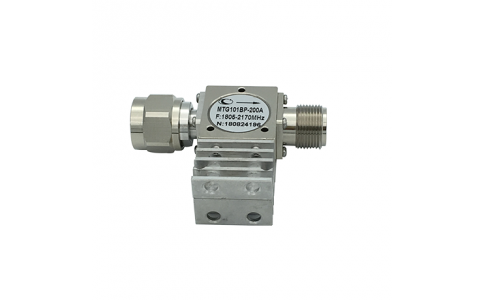
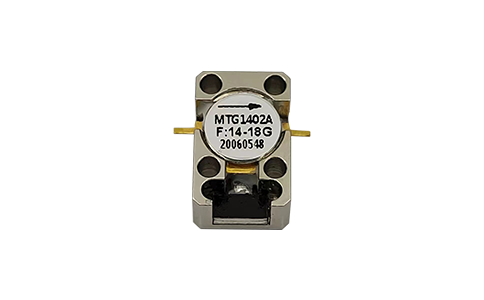
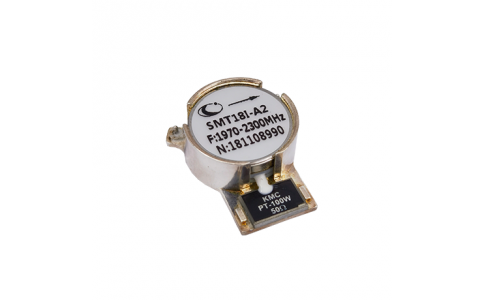

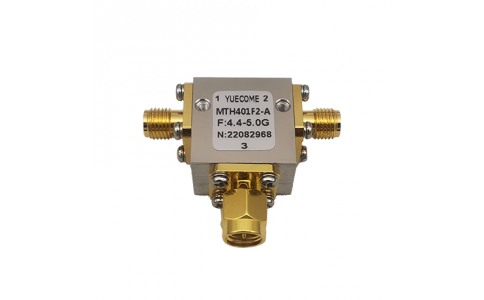
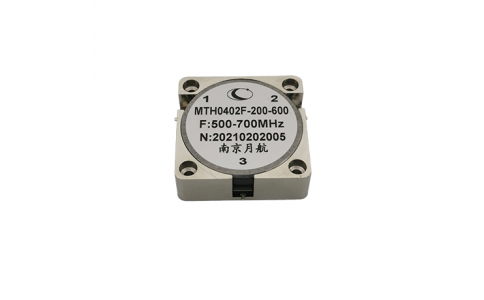
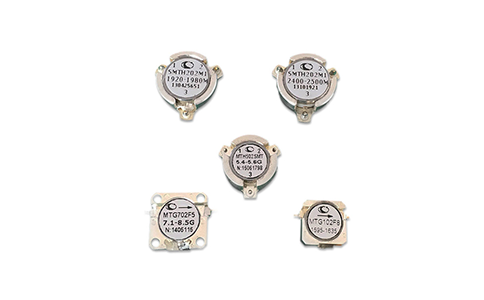

 19th Floor, Building 24, Zhongke Innovation Plaza, 150 Pubin Road,
19th Floor, Building 24, Zhongke Innovation Plaza, 150 Pubin Road, +86-25-83736569
+86-25-83736569  yhtek_sales@126.com
yhtek_sales@126.com  http://www.njyhtek.com.cn
http://www.njyhtek.com.cn